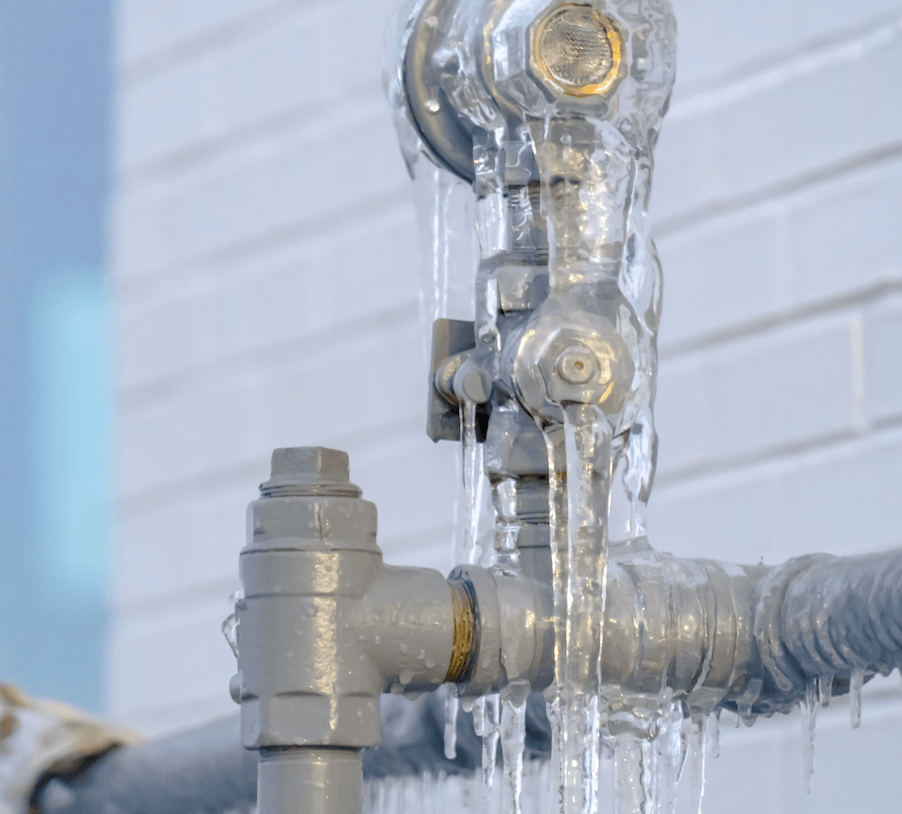Ways to Safeguard Your Pipes from Cold Weather: Professional Guidance
Ways to Safeguard Your Pipes from Cold Weather: Professional Guidance
Blog Article
What are your ideas with regards to 6 Ways to Prevent Frozen Pipes?

Winter can ruin your plumbing, particularly by freezing pipes. Right here's just how to prevent it from taking place and what to do if it does.
Intro
As temperatures decrease, the danger of frozen pipes boosts, potentially bring about expensive repairs and water damage. Recognizing exactly how to stop frozen pipes is crucial for homeowners in chilly environments.
Understanding Frozen Pipes
What creates pipelines to ice up?
Pipelines freeze when subjected to temperature levels listed below 32 ° F (0 ° C) for expanded periods. As water inside the pipes ices up, it broadens, taxing the pipe walls and possibly triggering them to rupture.
Dangers and damages
Frozen pipes can lead to supply of water interruptions, residential property damages, and costly repairs. Burst pipelines can flood homes and create substantial structural damage.
Indicators of Frozen Piping
Identifying frozen pipes early can stop them from breaking.
Just how to recognize frozen pipelines
Try to find reduced water circulation from taps, unusual smells or sounds from pipes, and noticeable frost on revealed pipes.
Avoidance Tips
Protecting prone pipes
Wrap pipes in insulation sleeves or make use of warmth tape to protect them from freezing temperatures. Focus on pipelines in unheated or external locations of the home.
Home heating strategies
Keep indoor rooms sufficiently heated up, specifically areas with plumbing. Open up cupboard doors to enable cozy air to distribute around pipes under sinks.
Safeguarding Outdoor Pipes
Garden hoses and exterior taps
Separate and drain garden tubes before winter. Set up frost-proof spigots or cover outside faucets with shielded caps.
What to Do If Your Pipes Freeze
Immediate activities to take
If you suspect frozen pipelines, keep taps open to soothe pressure as the ice melts. Make use of a hairdryer or towels taken in hot water to thaw pipes slowly.
Long-Term Solutions
Architectural changes
Think about rerouting pipelines far from exterior walls or unheated areas. Add additional insulation to attics, basements, and crawl spaces.
Upgrading insulation
Buy top notch insulation for pipelines, attics, and walls. Proper insulation helps maintain constant temperatures and minimizes the danger of frozen pipes.
Final thought
Stopping frozen pipes requires proactive actions and quick actions. By comprehending the reasons, signs, and safety nets, home owners can secure their pipes during winter.
5 Ways to Prevent Frozen Pipes
Drain Outdoor Faucets and Disconnect Hoses
First, close the shut-off valve that controls the flow of water in the pipe to your outdoor faucet. Then, head outside to disconnect and drain your hose and open the outdoor faucet to allow the water to completely drain out of the line. Turn off the faucet when done. Finally, head back to the shut-off valve and drain the remaining water inside the pipe into a bucket or container. Additionally, if you have a home irrigation system, you should consider hiring an expert to clear the system of water each year.
Insulate Pipes
One of the best and most cost-effective methods for preventing frozen water pipes is to wrap your pipes with insulation. This is especially important for areas in your home that aren’t exposed to heat, such as an attic. We suggest using foam sleeves, which can typically be found at your local hardware store.
Keep Heat Running at 65
Your pipes are located inside your walls, and the temperature there is much colder than the rest of the house. To prevent your pipes from freezing, The Insurance Information Institute suggests that you keep your home heated to at least 65 degrees, even when traveling. You may want to invest in smart devices that can keep an eye on the temperature in your home while you’re away.
Leave Water Dripping
Moving water — even a small trickle — can prevent ice from forming inside your pipes. When freezing temps are imminent, start a drip of water from all faucets that serve exposed pipes. Leaving a few faucets running will also help relieve pressure inside the pipes and help prevent a rupture if the water inside freezes.
Open Cupboard Doors
Warm your kitchen and bathroom pipes by opening cupboards and vanities. You should also leave your interior doors ajar to help warm air circulate evenly throughout your home.

I recently found that post on Winter Plumbing Precautions: Preventing Frozen Pipes when exploring the search engines. Are you aware of another person who is truly interested in 6 Ways to Prevent Frozen Pipes? Please feel free to promote it. We recognize the value of your readership.
Estimating Report this page